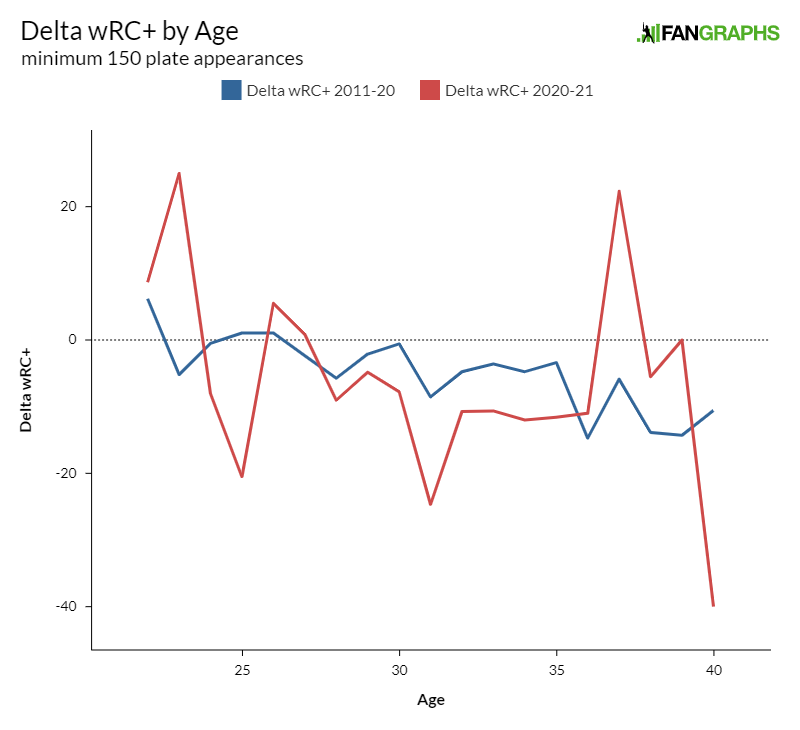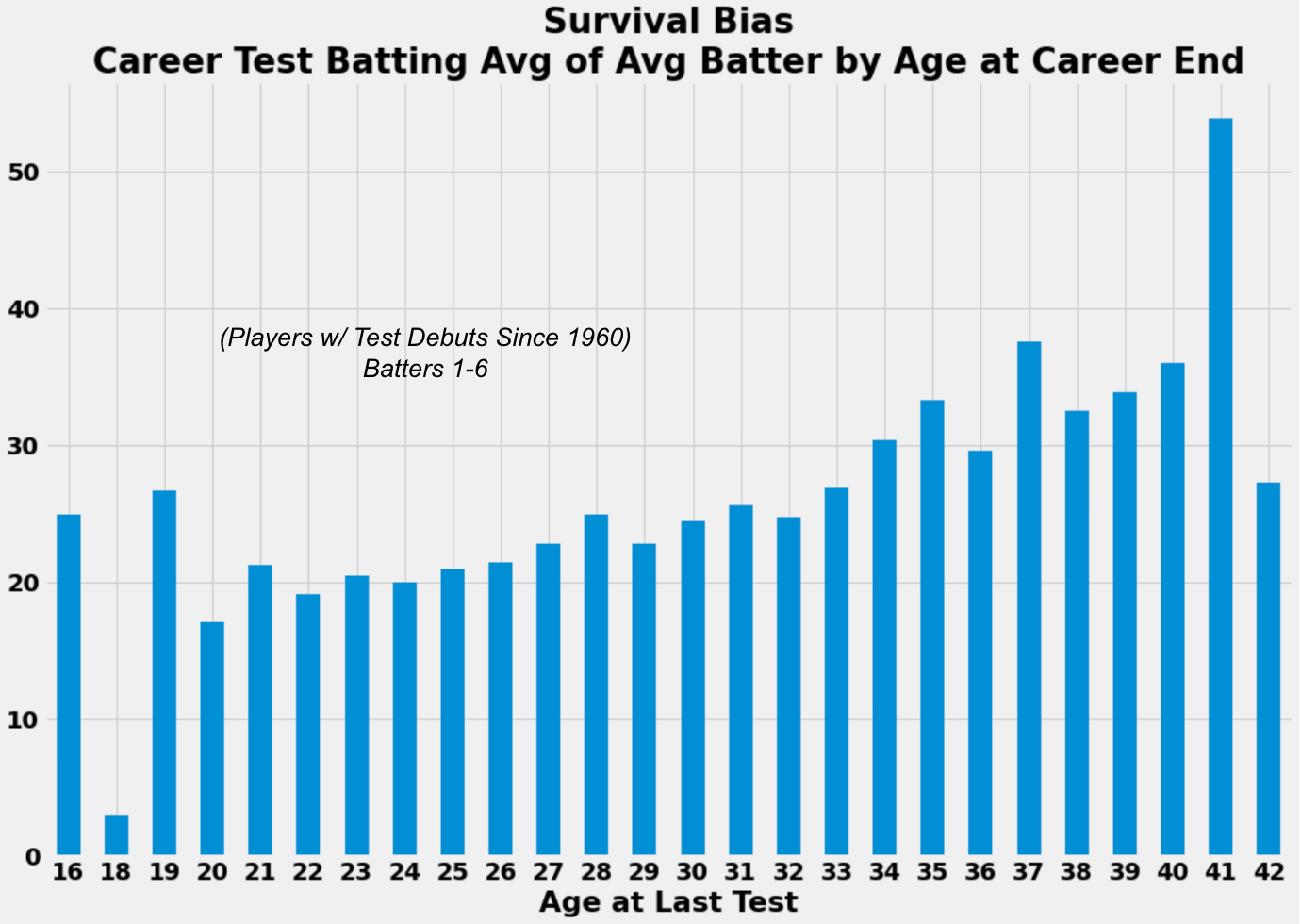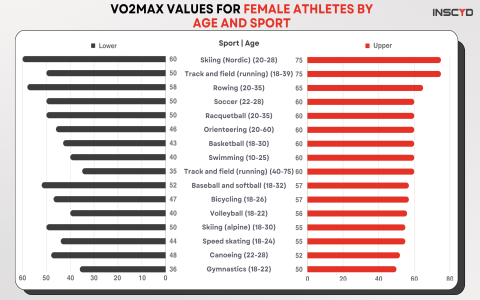Today, I wanted to dig into something that I’ve found pretty interesting lately: batting averages by age. You know, how a baseball player’s hitting performance changes as they get older. I got curious about this and decided to do some digging and play around with the numbers myself.

First off, I started by looking up what exactly goes into calculating a batting average. Turns out, it’s simpler than I thought. Basically, you just divide the number of hits a player gets by the total number of times they’re at bat. That’s it. So, if a guy gets 50 hits out of 200 at-bats, his batting average is .250. People usually just say “batting two-fifty” and drop the decimal point.
Then, I went looking for some data on batting averages across different ages. I found that, generally, the average in Major League Baseball (MLB) is somewhere around .250 to .260. So, anything above that is pretty darn good. I also learned that no one has ever kept a batting average of .500 for their whole career. Can you believe that? The best ever was some guy named Ty Cobb, who must have been a real hitting machine.
But I was more interested in how these averages change over time. So, I started gathering data on players’ batting averages at different ages. I found a few sites that had some of this info, but nothing that really broke it down the way I wanted. That’s when I decided to take matters into my own hands.
I started pulling data from various sources, trying to compile a list of players and their batting averages at each age. It was a bit of a pain, honestly. Lots of copy-pasting, cleaning up data, and making sure everything was lined up right. But eventually, I had a decent-sized spreadsheet with a bunch of players and their batting averages over the years.
Then came the fun part: analyzing the data. I started by calculating the average batting average for each age group. I just took all the batting averages for players of a certain age and divided by the number of players in that group. Pretty straightforward stuff.

Here’s what I found:
- Younger players (like, early 20s) tend to have batting averages that are a bit all over the place. Some are really good, some are, well, not so good. Makes sense, right? They’re still figuring things out.
- Players in their mid-to-late 20s seem to hit their stride. This is where you see the highest average batting averages. It’s like they’ve got the experience and the physical skills all working together.
- As players get into their 30s, you start to see a gradual decline. It’s not a huge drop-off, but it’s definitely there. Father Time catches up to everyone, I guess.
I also looked at some individual players to see how their averages changed over time. It was interesting to see how some guys had a steady climb to their peak, while others had a more up-and-down career. Some even had a late-career surge, which was pretty cool to see.
Now, I’m no statistician, and my data set is probably far from perfect. But it was a fun little project, and it gave me a better appreciation for how these athletes’ performance changes over time. It’s not just about raw talent; it’s about experience, adapting to the game, and maybe a little bit of luck, too.
I’m thinking about doing some more digging on this. Maybe looking at different positions, or seeing how batting averages compare to other stats like home runs or RBIs. There’s a lot of data out there, just waiting to be explored. If you have any ideas or suggestions, feel free to share!



